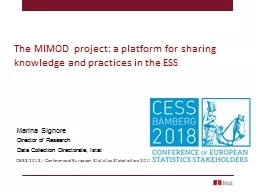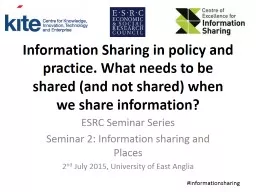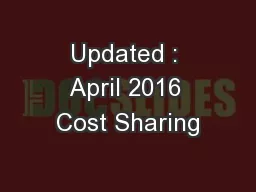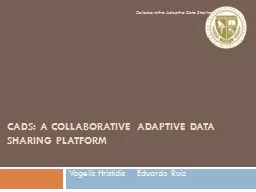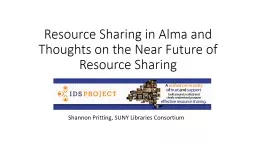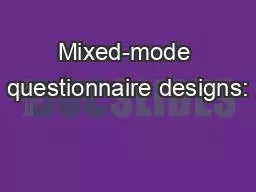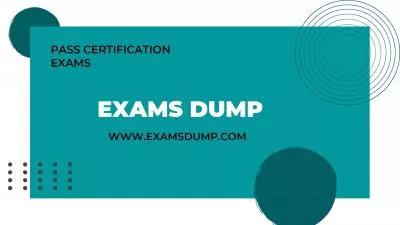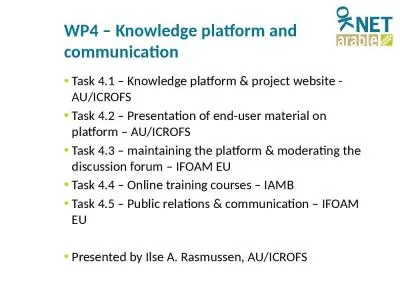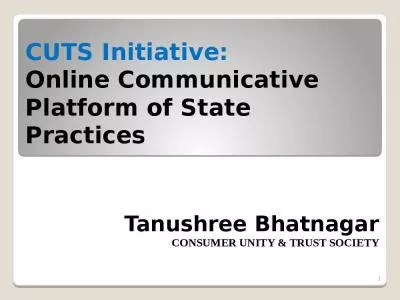PPT-The MIMOD project: a platform for sharing knowledge and practices in the
Author : ginocrossed | Published Date : 2020-08-27
ESS Marina Signore Director of Research Data Collection Directorate Istat CESS 2018 Conference of European Statistics Stakeholders 2018 The MIMOD Mixed Mode
Presentation Embed Code
Download Presentation
Download Presentation The PPT/PDF document "The MIMOD project: a platform for shari..." is the property of its rightful owner. Permission is granted to download and print the materials on this website for personal, non-commercial use only, and to display it on your personal computer provided you do not modify the materials and that you retain all copyright notices contained in the materials. By downloading content from our website, you accept the terms of this agreement.
The MIMOD project: a platform for sharing knowledge and practices in the: Transcript
Download Rules Of Document
"The MIMOD project: a platform for sharing knowledge and practices in the"The content belongs to its owner. You may download and print it for personal use, without modification, and keep all copyright notices. By downloading, you agree to these terms.
Related Documents

